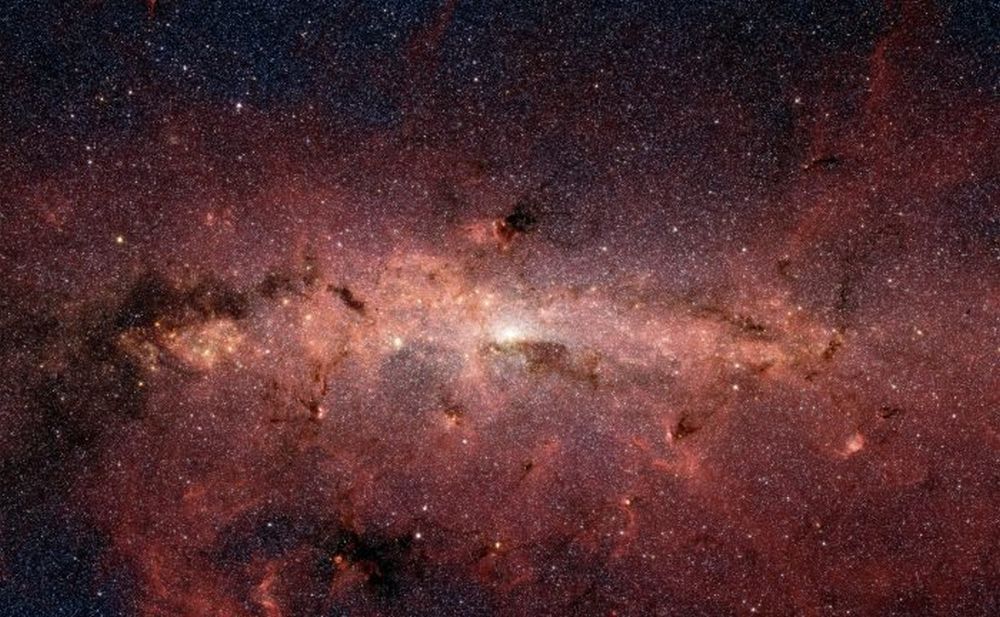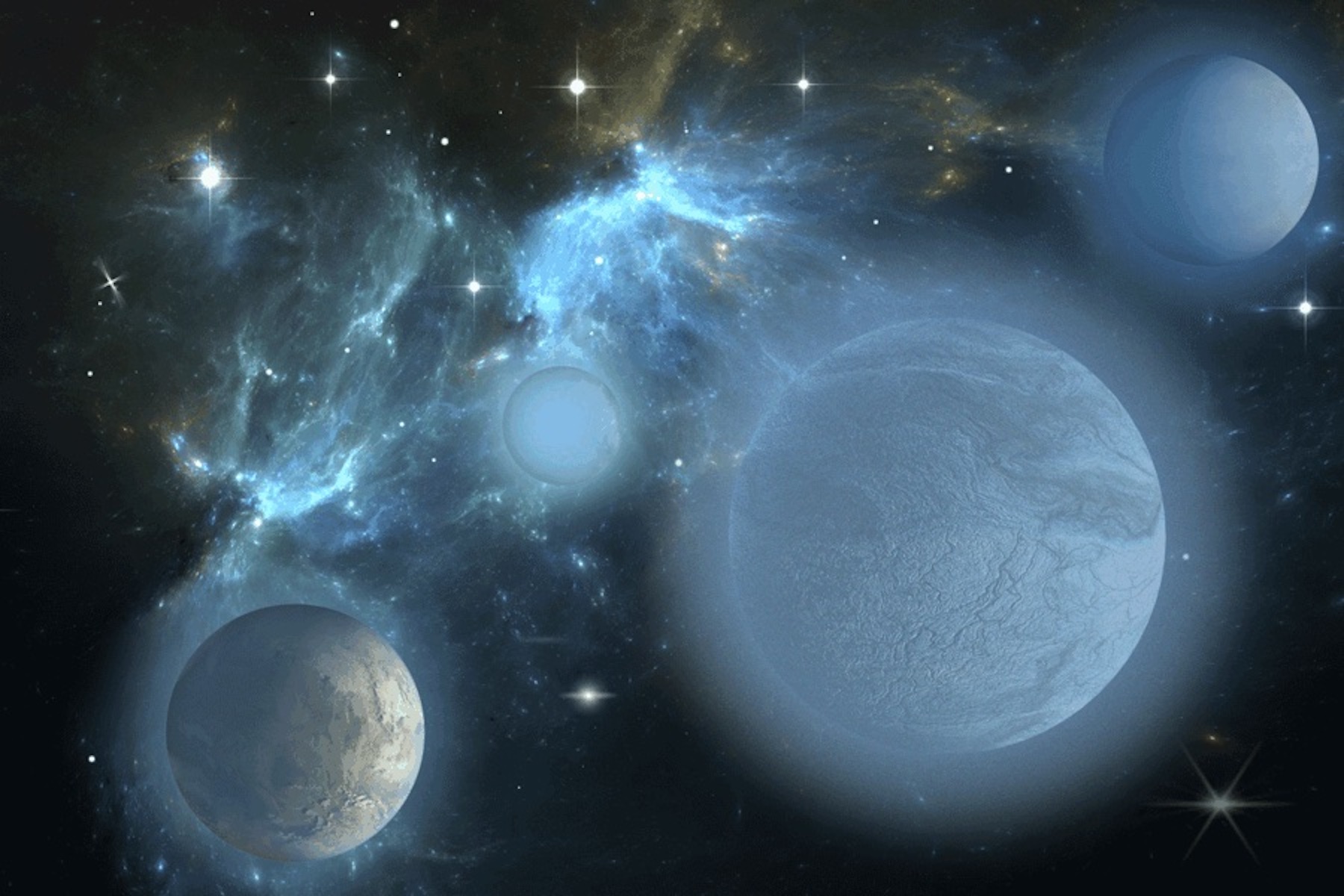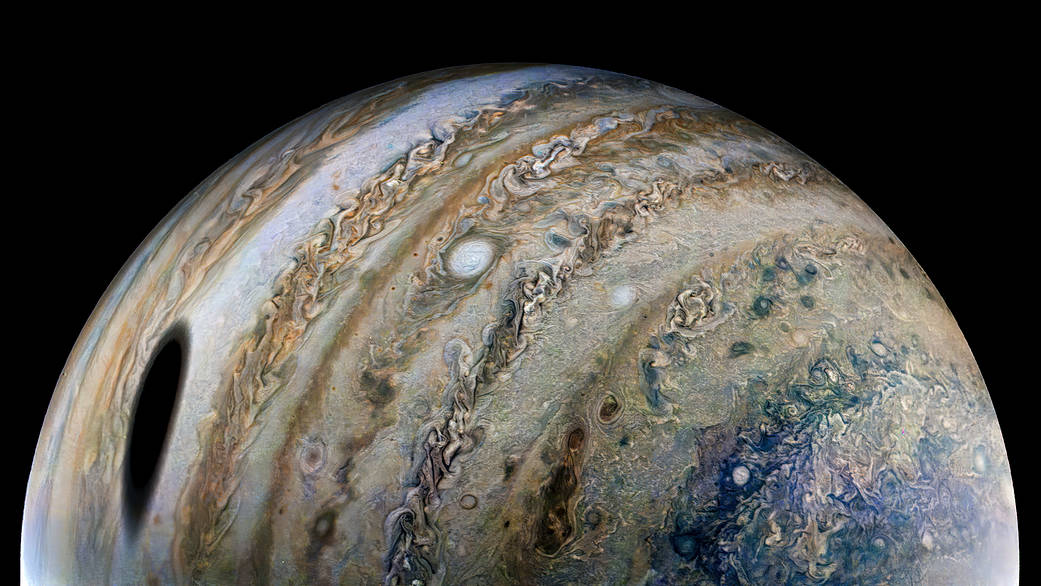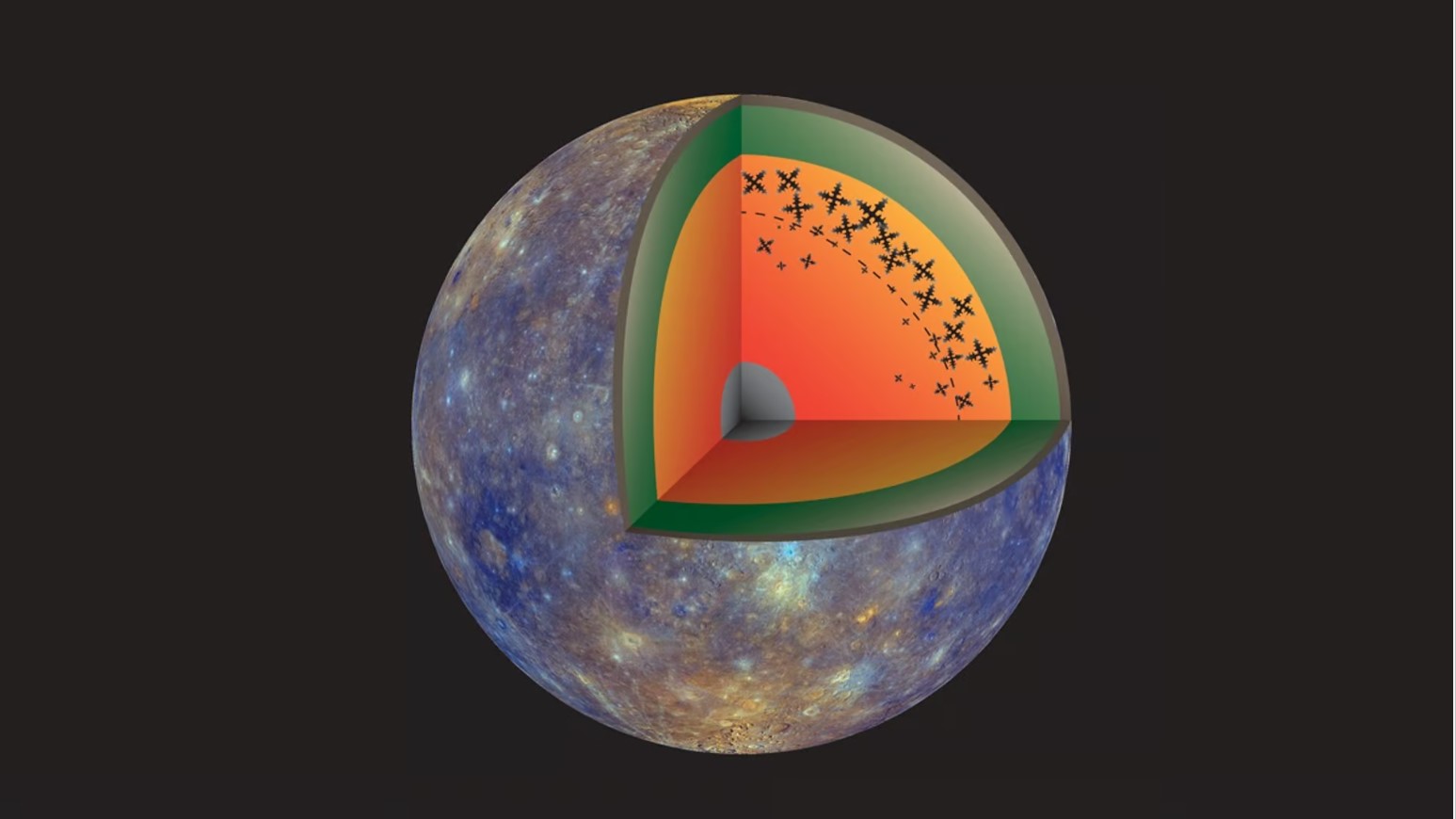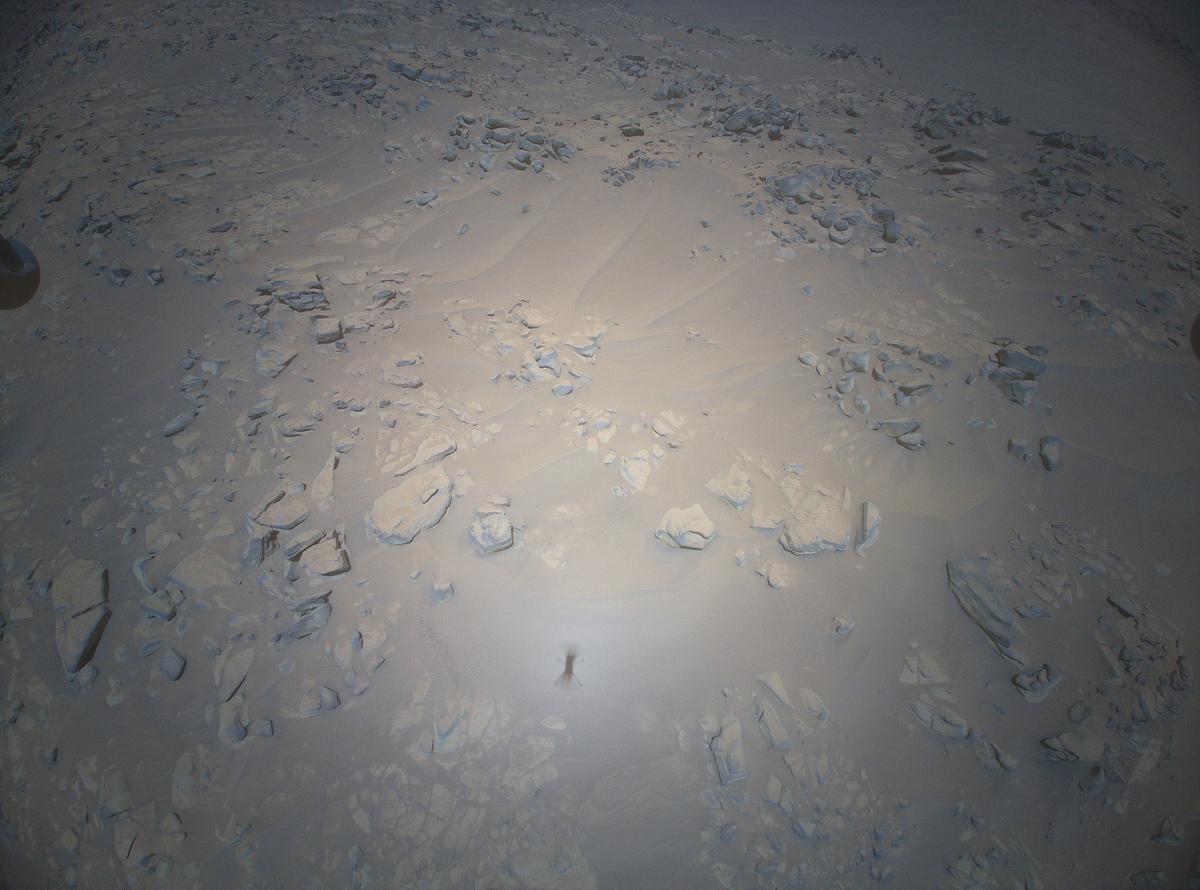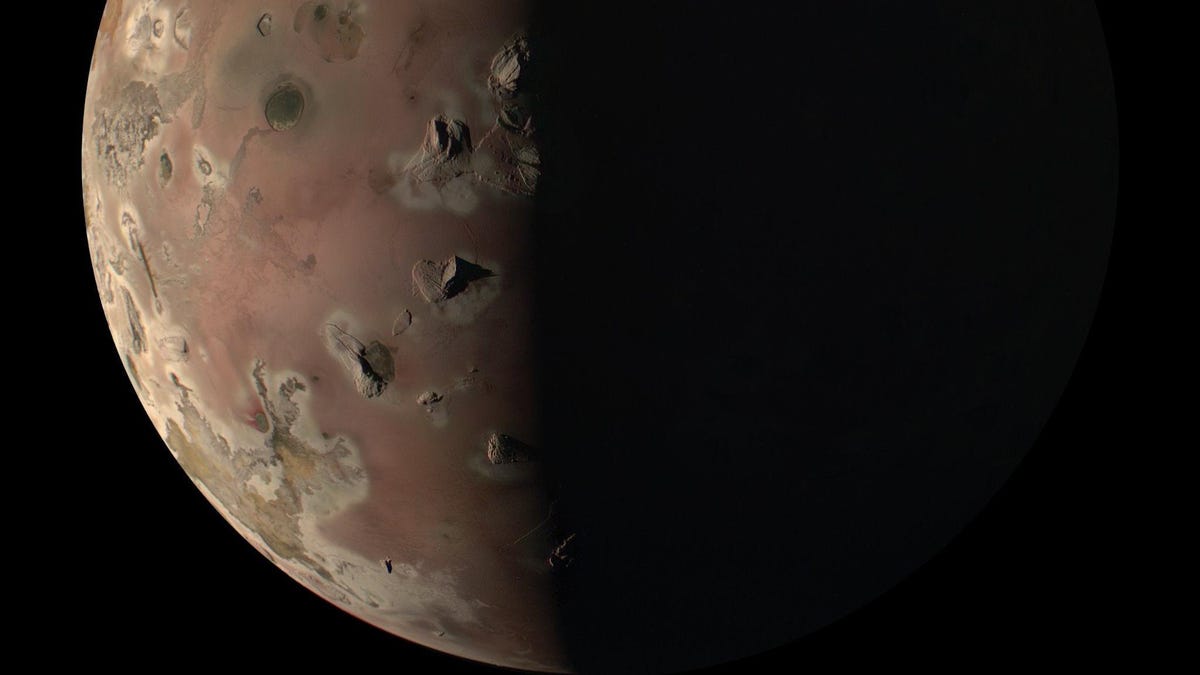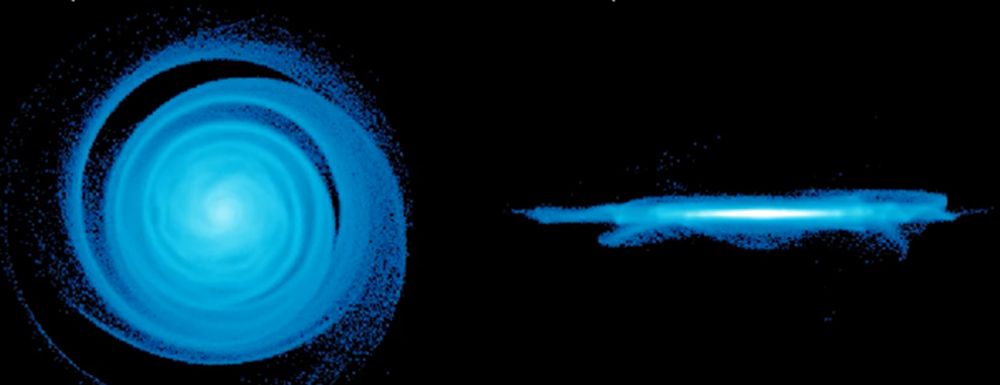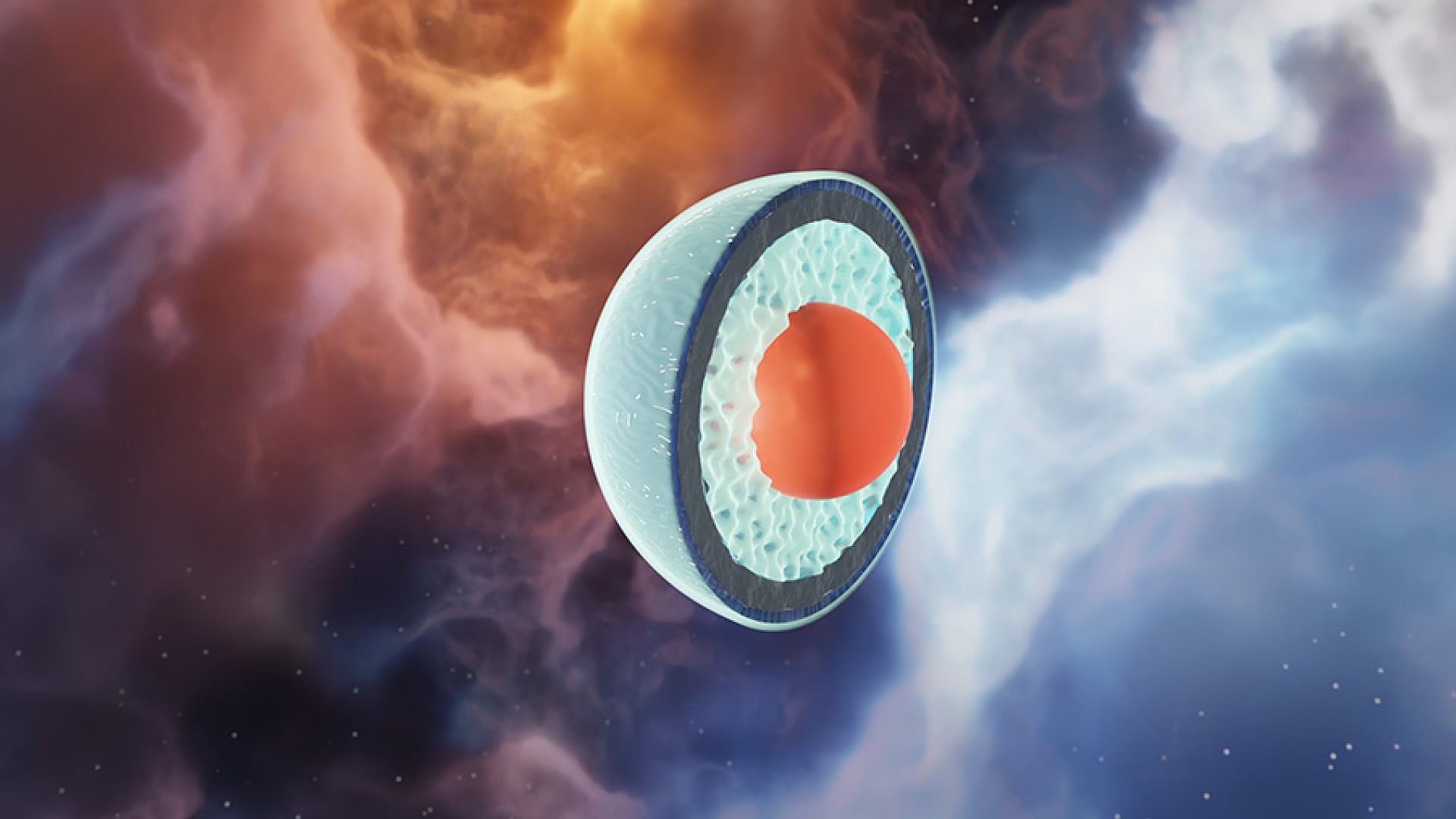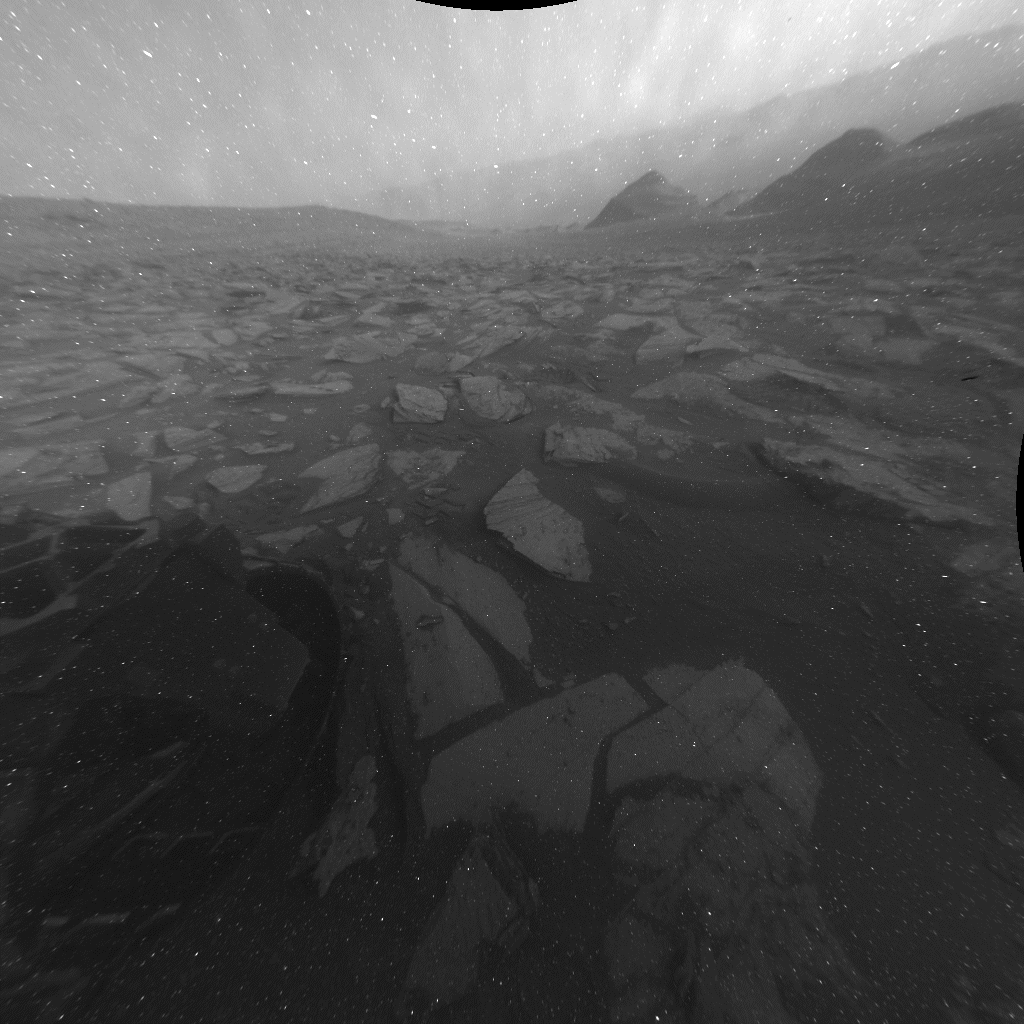Globular clusters (GCs) are spherical groups of stars held together by mutual gravity. Large ones can have millions of stars, and the stars tend to be older and have lower metallicity. The Milky Way contains more than 200 globulars, possibly many more, and most of them are in the galaxy’s halo, the outer reaches of the galaxy.
But they’re not all in the halo, and astronomers are keen to find ones nearest the galactic centre. Now, researchers have found one GC that’s plunging toward the Milky Way’s Centre.
Continue reading “This Globular Cluster is Plunging Toward the Milky Way’s Centre”
